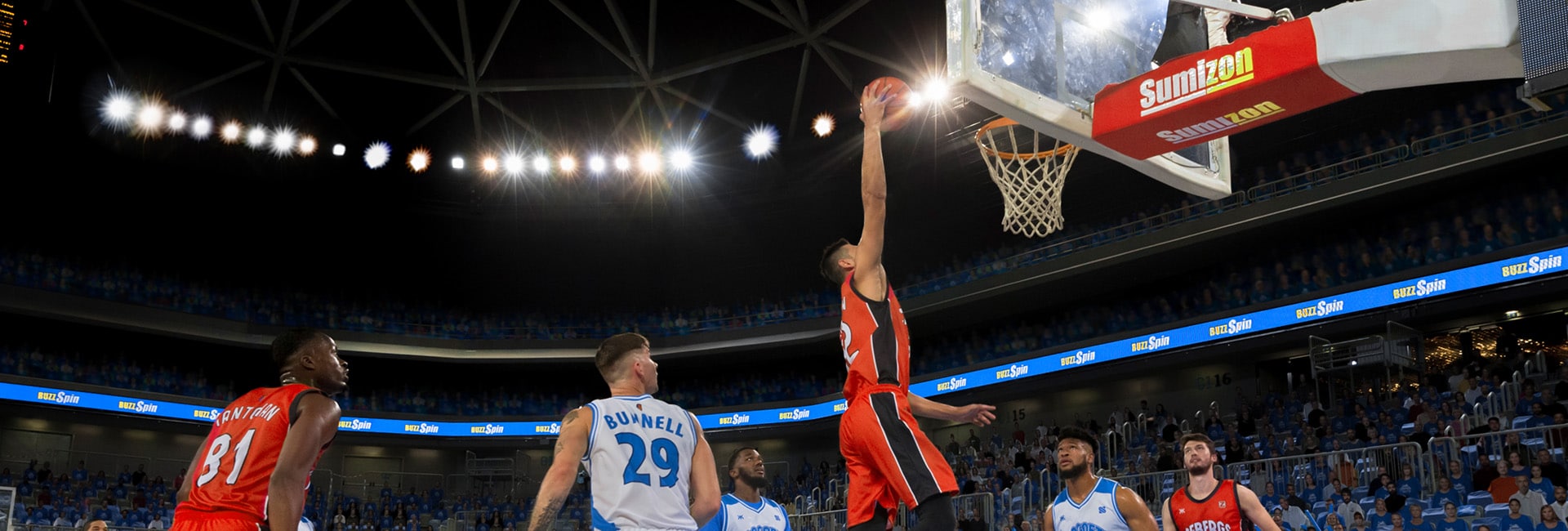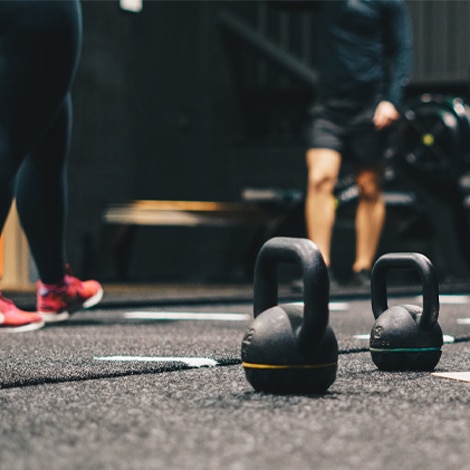By Alex Campanella
The impact of travel schedules has been closely analyzed by NBA teams for several years, but it can be even more detrimental to college teams. In this article, we’ll share how a performance management platform can be utilized to measure the effects of crossing time zones, sitting on cramped planes and buses, playing away games, and the other aspects of traveling on individual athlete health and team availability and readiness. I’ll then explain how these insights can be used to mitigate the performance dips that often result from hectic travel periods.
Health monitoring wearables can be used to show how traveling affects sleep quality and duration, heart rate variability, and other measurables. Subjective data obtained from player surveys can also collect useful information about athletes’ rate of perceived exertion, soreness, tiredness, and other metrics that can show when the load of traveling has become too great. Such self-reported data can also be useful to keep tabs on student-athletes’ mental state as they navigate the choppy waters of their college careers. Pressures from academics, family problems back home, and relationship issues on campus can all compound on top of traveling for camps, games, meets, and tournaments and have ripple effects on a player’s emotional stability and overall wellness. In an AMS, subjective data can be correlated with more objective information to gain a complete picture of an individual’s readiness and preparedness.
NBA data suggests that players are much more likely to be injured when playing road games, which is amplified during back-to-backs or multiple games during the same road trip. While college athletes’ schedules aren’t usually quite as dense during the regular season, they can become so in conference, national, and invitational tournaments. As such, S+C coaches and other performance professionals would do well to look closely at times when density and overall player load is high, and then put an increased emphasis on load management and recovery during these periods to try and mitigate the combined effects of travel and a busy competitive calendar on injury rate and severity.
MAXIMIZING AVAILABILITY AND READINESS
Another lesson from pro sports analytics that can be transferred to college sports is that the availability and readiness of starters and reserves who play significant minutes is paramount. This isn’t to suggest that the status of benchwarmers and members of junior varsity and freshman squads isn’t important, because it is. But what I’m getting at is that those who contribute the greatest production need to be fresh come game time because if they’re not, the output of the entire team will be affected to the greatest degree. This is why when a star shooting guard for a college basketball team or Heisman Trophy candidate quarterback gets hurt, it quickly becomes national news.
An athlete management platform such as Smartabase enables sports scientists to monitor key contributors in real time as the impact of travel becomes evident in their training and competitive performances. Support staff can also consult historical data stretching back to the beginning of the athlete’s college career to see how certain parts of the schedule impact them. Being able to see how a player reacted as the team traveled to their conference or national tournaments during their freshman and sophomore seasons will prove to be a useful and valid predictor of what will happen during these events in their junior and senior years. The performance team can then work with the coaches to help ensure that this player is getting adequate rest and that they have sufficient load exposure to handle the rigors of tournament play, without becoming overloaded and seeing their stats and those of the team as a whole suffer.
“Our second big rock is making sure our best players play,” Glenn Stewart, high performance manager of the 2018 Australian Football League Premiership winning West Coast Eagles said in a presentation at the 2019 MIT Sloan Sports Analytics Conference. “Our objective is to have nine or more of our top 10 players playing each week.” He went on to show that when the Eagles have all 10 of their best players in the starting lineup, they win 80 percent of their matches. If nine are available, that win percentage goes down to 66 percent. If only four or five can take the field, the Eagles start to lose more than they win, only prevailing in 40 percent of their games. This shows the need to mitigate the impact of travel and other stressors on the entire squad, and particularly the starters. Stewart and his staff utilize Smartabase to do this.
TAKING MULTIFACTORIAL STRESSORS INTO ACCOUNT
The stressors of travel don’t merely involve crossing time zones, staying seated for long periods of time, or getting inadequate sleep. College athletes often have to study while on the road and sometimes even have to take tests or finals before they return. Food choices are typically limited in airports and when team buses stop at gas stations or fast-food restaurants, and players might also struggle with dehydration. All these factors can create a perfect storm that negatively impacts the health and wellbeing of individual athletes and makes it difficult for teams to perform their best.
An AMS such as Smartabase enables college sports scientists and coaches to track multiple metrics obtained from wearables such as Whoop, Garmin watches, and the Oura ring. These can show how each player is responding to training and game loads and also provide a window into what’s going on with their rest and recovery, nutrition and hydration, and so on. Armed with this information, the staff can make interventions as necessary to help players be better prepared to play in road games and tournaments, and then help them bounce back strong afterward.
MAKING THE MOST OF SHORTER SEASONS
Minimizing the negative fallout of traveling is important in pro sports, but it’s arguably more significant in collegiate athletics because of the lower number of games and the finite career length (a maximum of four years in most players’ cases). And yet very few colleges and universities are actively investigating how traveling affects their student-athletes, let alone doing anything about it. This needs to change if coaches and sports scientists are to best serve players and give teams the greatest chance of winning consistently.
While the NBA season (if we include the playoffs) can run from October through June – and even longer for those players who participate in summer leagues or represent their national teams in international play – the college basketball season only goes from November to March. Similarly, the college football schedule is shorter than the duration of the NFL season. This means that the tiredness, compromised sleep, and other ill effects of traveling can become more pronounced for student-athletes, who have fewer games to make amends for a loss and less contests in total.
An AMS can help college sports scientists zero in when athlete data starts presenting red flags and then make quick and meaningful course corrections that can improve player availability and readiness. In addition to adjusting individual athletes’ preparation, the coaches can also ensure that they’re educating the entire squad on how to travel well, avoiding red-eye and early flights, and building in adequate breaks on bus trips. Teams can also dial in their pre- and post-game hydration and nutrition and ensure there’s adequate time for players to warm up and cool down before and after competition.
The Smartabase periodization widget can provide college sports scientists and coaches with a convenient, at-a-glance view of the entire calendar year. Meso, macro, and microcycles in training can be overlaid with game and travel schedules, and data from various wearables placed over the top of injury and performance data to show which conditions have the greatest impact on player readiness and availability. From there, staff can make data-informed interventions that reduce the detrimental impact of traveling.
IF YOU ENJOYED THIS ARTICLE, YOU MIGHT ALSO LIKE…
- Student-Athlete Mental Health: A Case for Collecting Subjective Data
- Helping Collegiate Student-Athletes Achieve Physical, Mental, and Emotional Wellbeing
- Human Performance Maturity Model Overview
- Finding the Right AMS for Your Athletic Department’s Performance Management Needs
- How Data Drives a Winning Culture








